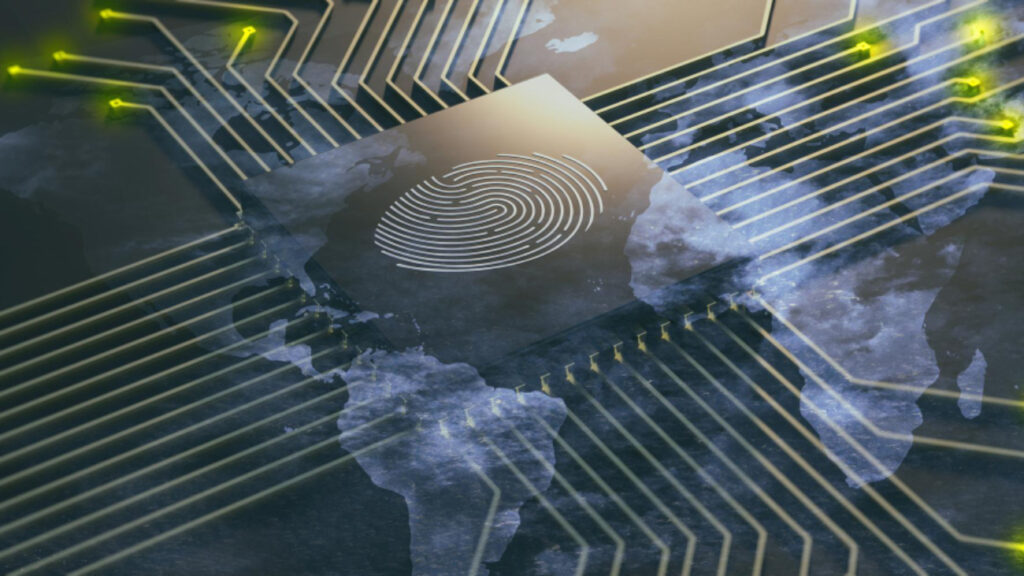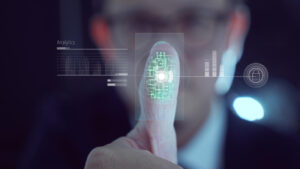Biometric analytics uses biometric data, such as facial recognition and fingerprint scans, to analyze consumer behavior and preferences observed Bahaa Abdul Hadi. This technology is increasingly being used by retailers to improve the customer experience in a number of ways.
Enhanced Customer Identification and Security
Both customer identification and security is enhanced by biometric analytics, which verifies the identity of customers when they enter a store or make a purchase. It prevents fraud and theft, making it easier for customers to shop without having to remember passwords or PINs.
Personalized Shopping Experiences
Biometric analytics tech is also useful in personalizing the shopping experience for customers. For example, retailers can use facial recognition technology to identify customers as they enter the store and gather valuable information. This data will serve to display personalized product recommendations or coupons, improving customer satisfaction and loyalty.
Improved Customer Service
Customer service experiences a massive improvement through biometric analytics. For example, information gathered from facial recognition technology can be used to provide customers with personalized service. They will feel valued and appreciated.
Increased Store Efficiency
Increasing store efficiency is another function of biometric analytics. For example, facial recognition technology enables retailers to track customer traffic patterns and identify areas that are congested. The information collected can then be assessed to improve store layout and staffing levels.
Challenges and Considerations
Despite the potential benefits of biometric analytics, a number of challenges and considerations need to be addressed, such as:
- Privacy concerns: Consumers are increasingly concerned about the privacy of their biometric data. Retailers must lay down strict parameters for collecting and using this data in a responsible and ethical way.
- Data security: Biometric data is sensitive information that needs protection from unauthorized access. Retailers should implement robust security measures to protect this data.
- Consumer acceptance: Some consumers may be reluctant to provide their biometric data to retailers. Such consumers need to be educated about the benefits of biometric analytics. Retailers must address their privacy concerns.
The Future of Biometric Analytics in Retail
Biometric analytics is still a relatively new technology, but it is rapidly gaining popularity in the retail industry. As the technology continues to develop, expect to see even more innovative ways to use biometric analytics for a greater customer experience.
Conclusion
As a powerful tool, biometric analytics can improve the customer experience in a number of ways. Retailers who are able to effectively implement this technology will gain a competitive advantage and improve their bottom line. The blog has been authored by Bahaa Abdul Hadi and has been published by the editorial board of Identity Herald. For more information, please visit, www.identityherald.com.




